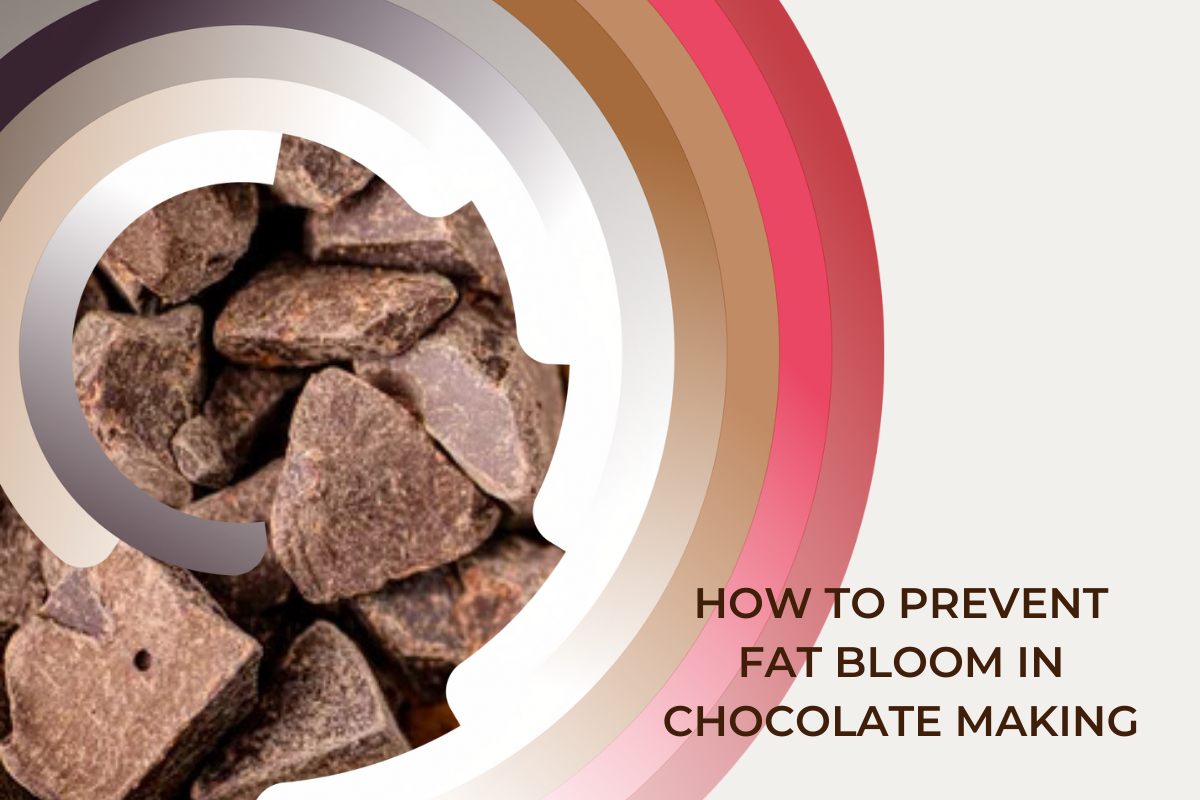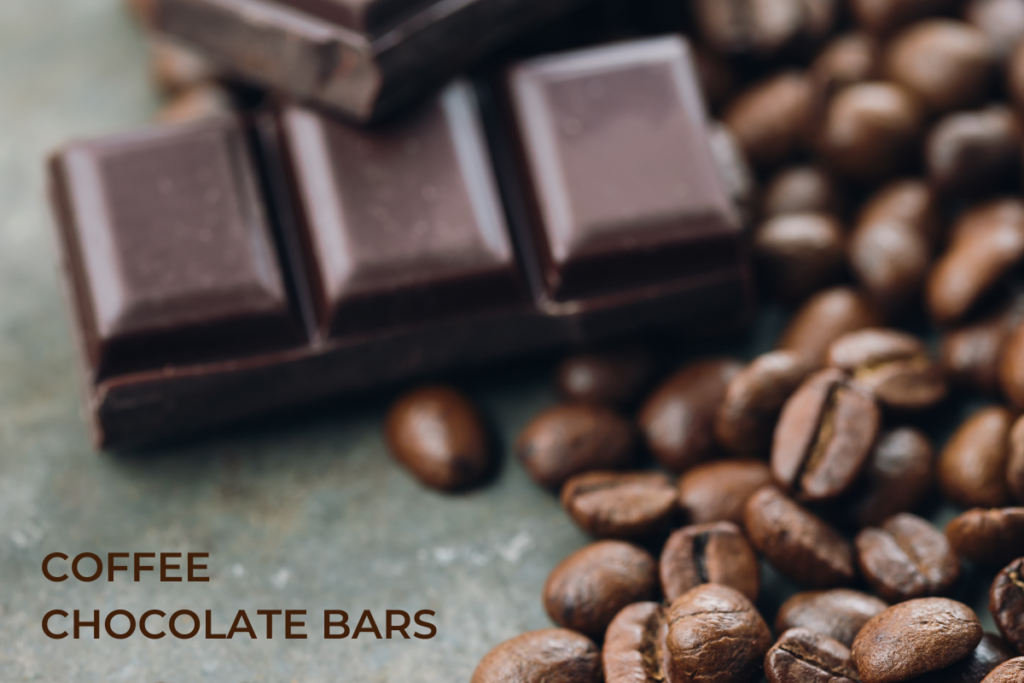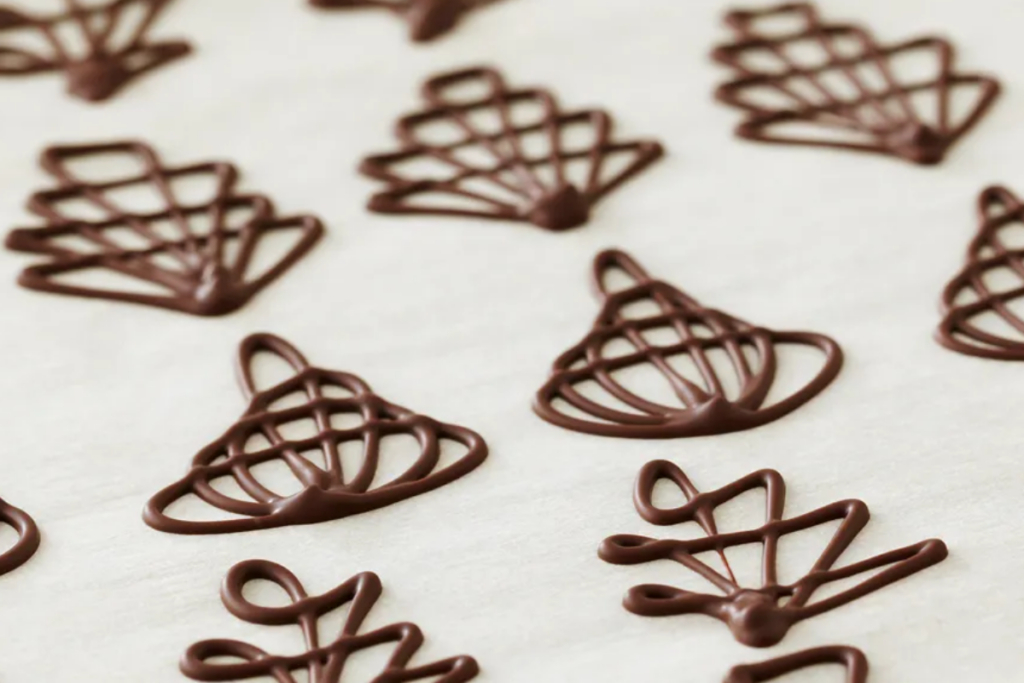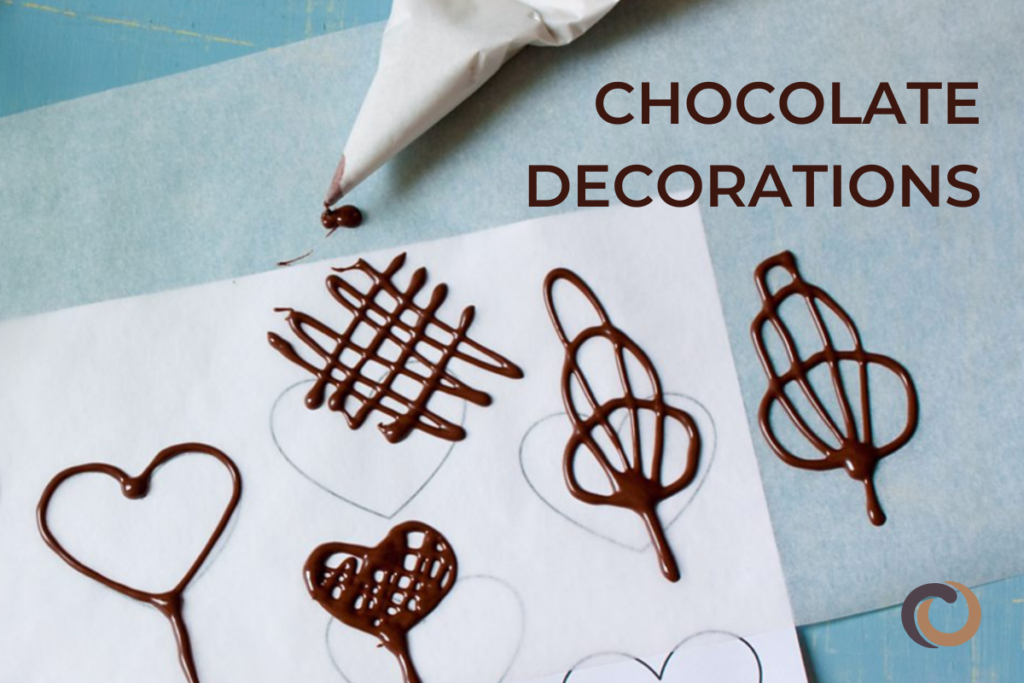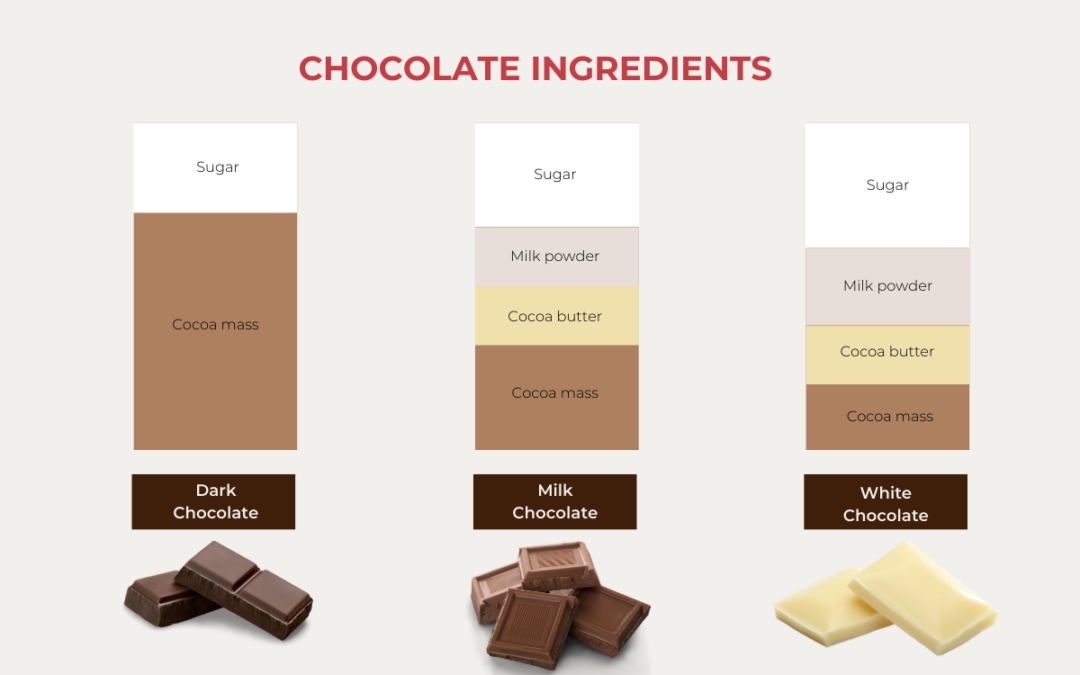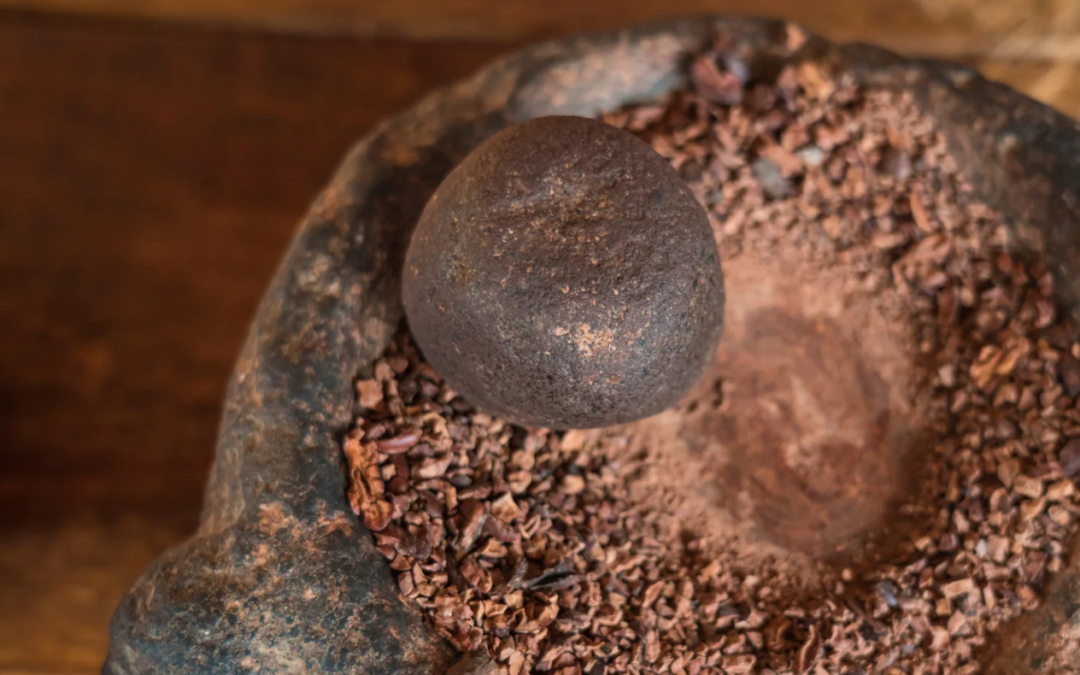Fat bloom is a common problem in chocolate making that causes a dull, grayish-white coating to form on the chocolate, giving it an unappealing look. Although it doesn’t affect the flavor, it will affect the texture while ruining the visual appeal of even the best chocolate. Knowing what causes fat bloom and how to prevent it is key to making high-quality chocolate with a shiny, smooth finish. In this article, we’ll explain the reasons behind fat bloom and share simple tips to help keep your chocolate looking and tasting its best.
Understanding fat bloom in chocolate
Fat bloom is a common issue that affects the appearance and texture of chocolate. It happens when the fat, usually cocoa butter, separates from the chocolate and rises to the surface, forming a dull, white or grayish coating. While this may look like mold, this doesn’t mean the chocolate has gone bad, but it does make the chocolate look less appealing and can affect its texture, making it taste slightly waxy or grainy. So, while still edible, the chocolate is definitely not at its peak.
Fat bloom usually occurs when chocolate isn’t properly tempered or has been stored in a location with fluctuating temperatures, causing the fats to melt and then solidify unevenly. Proper tempering and storage are key to preventing fat bloom and maintaining the chocolate’s smooth, glossy finish.
Importance of preventing fat bloom
Preventing fat bloom is important for keeping chocolate looking and tasting its best. Here’s why:
- Chocolate Appearance – Fat bloom causes chocolate to develop a dull, grayish-white coating, making it look unappealing. A shiny, smooth finish is important for both presentation and people’s perception of quality.
- Texture and Mouthfeel – Fat bloom can change the texture of chocolate, making it taste waxy or gritty. This affects the eating experience, especially in high-quality chocolates where a smooth, creamy texture is desired and expected.
- Shelf Life – While fat bloom doesn’t spoil chocolate, it can show that the chocolate wasn’t stored or handled properly. This can impact the chocolate’s freshness and shelf life.
Common mistakes leading to fat bloom
Fat bloom usually happens when chocolate isn’t tempered properly, causing the cocoa butter to separate and “bloom” on the surface of the chocolate. It can also occur due to temperature changes, bad storage conditions like humidity or heat, and using poor packaging. Avoiding these issues will help keep your chocolate smooth, shiny, and high quality.
How to fix chocolate with fat bloom
Fat bloom is a structural change to the chocolate and not a chemical one, so it can be fully fixed. You can revive the look and feel of affected chocolate by re-tempering it. Gently melt the chocolate and then temper it again to restore its smooth, glossy finish.
Chocolate suffering from sugar or fat bloom can be melted, re-tempered and brought back to its original glorious state. Sugar bloom and fat bloom result from a structural change to the chocolate, so it shouldn’t smell bad. If your chocolate smells bad, it’s time to toss it.
For more great articles and recipes, check out the rest of our CocoTerra blog.
If you have any questions or comments, feel free to contact us through our social media channels. We are @cocoterra_co on Instagram and Pinterest and @cocoterraco on X (aka Twitter) and Facebook.

